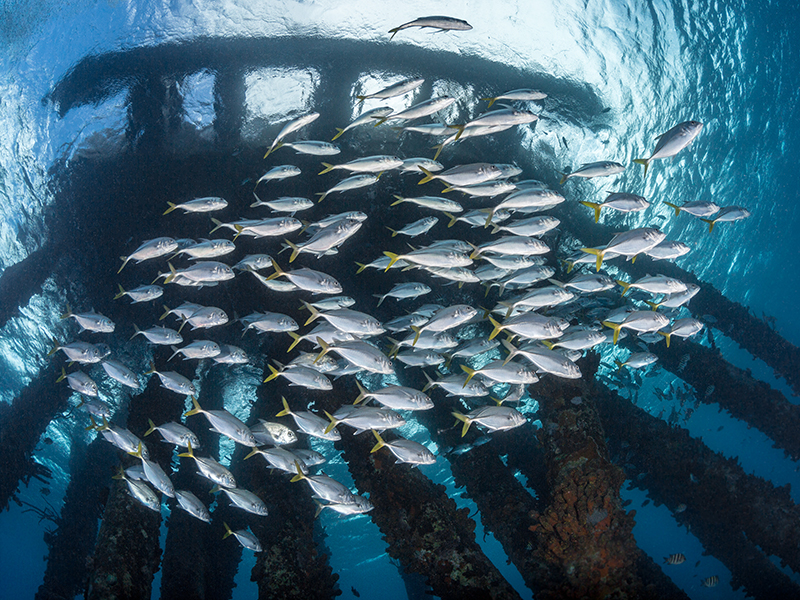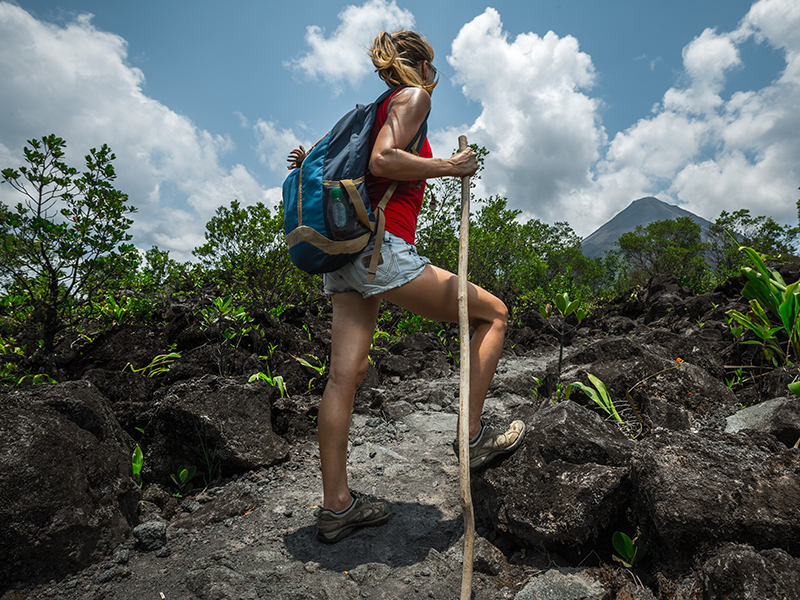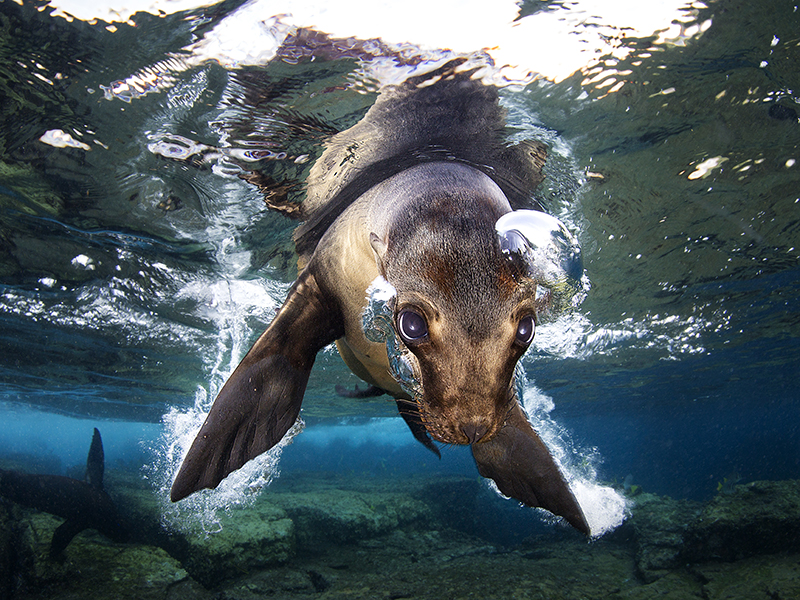
These ten locations are scattered across the globe, so many tiny pinpoints on our wonderful green and blue marble. From island getaways to beaches of white sand to deep waters that run still, each location offers something truly unique and special, something that could never be expressed in a photograph or film. Something that needs to be seen and felt to be truly known. These diving hotspots below are in no particular order. Each extraordinary and memorable in their own way.

Bonaire offers diving for all levels, experienced divers and novices alike can enjoy themselves and learn something new, from wreck dives like the Hilma Hooker to the unique variety of sea life that swarm the pilings of Salt Pier, as well as the totally uninhabited island of Klein Bonaire, which can only be reached by water. Across the ocean and thousands of miles away from Bonaire sits 2,500 square miles of islands and ocean that make up the nation of Indonesia. There is a rich vastness of marine biodiversity running all around the islands, 2,000 species of fish, 500-plus varieties of hard and soft coral and thousands of enigmatic invertebrates, that makes this area one of the great dive capitals of the world. Few places on the planet are as varied as this one.

If you are looking for something a little more singular, and even a little scary, the Cayman Islands is the birthplace of the wall dive. Wall dives are so unusual because they can fundamentally change our thoughts on what the ocean is like. With the Walls Babylon and Bloody Bay, these sites offer a differing perspective on the ocean, a sense of topography that is lacking from the largely flat reef and wreck dives that you can find in so many other locations. Just a short hop away from the Cayman Islands however, sits the Bahamas, one of the most beautiful and well-known dive sites in the modern world. The dive masters of the Bahamas have their skills mastered, and the knowledge of decades of experience, making this one of the best locations to go if you have friends who want to learn about diving, but aren’t too confident or trained yet. Not only is it a great place to learn, but with the barrier reefs and blue holes of Andros, Tuna Alley and The Bimini Road, the walls and reefs of the Exumas Land and Sea Park, you’ll have the time of your life no matter how advanced you are.

Costa Rica is the first point on our map that isn’t an island nation. A choice location for nature-themed adventures and tours, you can travel inland to experience the wonders of terrestrial life, or snorkel and dive offshore to see beautiful and big marine life. Hiking through the jungles of Costa Rica, ziplining, and off-roading are all fun, exciting journeys. Enjoy time beneath the waves, where you can swim with hammerhead sharks, mingle with sea lions, and have turtles and dolphins adding to the show. Or you can travel to Fiji, a diver’s dream paradise, where you can explore the rich two thousand year old history of these islands, as well as experience the rich biodiversity of more than 1,500 species of fish, and 400 varieties of corals. With the island’s native culture being such a blend of different influences, and the surrounding water’s own unparalleled nature, Fiji sits as one of the most unique locations on this list.

Warm and clear waters make Dominica the perfect place to hone your photography skills, and experience nature largely untouched by human hands. All diving around this wonderful island takes place in three marine reserves, allowing for a look into nature, when it is protected and cared for. And with a range of life going from the frogfish to the seahorse, these three locations are perfect for amateur and advanced marine photographers to cut their teeth and capture those shots. The Philippines has a little bit of something for everyone, wreck dives, wild topography with walls and pinnacles to search for fish, and acres of fecund bottom for those macro-enthusiasts among us. You can search for tiny clownfish swimming in and out of sea anemones, or swim with a variety of larger life, like whale sharks, turtles, dugongs and even a unique experience of swimming with thresher sharks.

Our final two destinations sit on opposite sides of Mexico, the regions of Cozumel and Baja California. In Baja, you can encounter swimming sea lions and seals catching fish and relaxing on the beach. You may be able to watch the quick movements of yellowfin tuna that dart beneath the waves or witness the breaching behaviors of humpback whales. In Cozumel, coral reefs surround some of the friendliest town sites that you can visit, a year-round possibility that works for everyone.